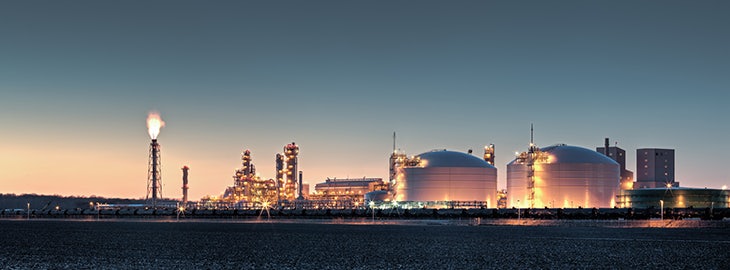Fertilizer plants are critical to the global food supply chain, providing essential nutrients that increase crop productivity. To meet the high demand and strict delivery schedules, these plants must operate efficiently, continuously, and, above all, safely. Central to this operation is the rotating machinery used such as steam turbines, compressors, and granulators. These machines operate under continuous conditions, and their failure could lead to safety hazards, production delays, and costly downtime. One of the most effective ways to prevent such issues is through the implementation of vibration monitoring systems.
Understanding the role of rotating machinery in fertilizer plants
Fertilizer production relies heavily on rotating equipment, such as compressors, turbines, pumps, and granulators. This machinery handles critical tasks, including the synthesis of ammonia, one of the key ingredients in nitrogen-based fertilizers, and the granulation of fertilizers into marketable products. Given the high speeds and pressures involved, any failure can cause severe disruptions and potentially hazardous situations.
Why vibration monitoring is essential
Vibration monitoring is a crucial element in the predictive maintenance strategies for fertilizer plants. The primary purpose is to detect changes in the vibration patterns of rotating machinery, which are often the first signs of mechanical issues, such as misalignment, unbalance, bearing wear, or other faults. Implementing vibration monitoring systems offers several significant benefits:
- Improving safety: Safety is paramount in fertilizer plants. A sudden equipment failure due to excessive vibration can pose a severe risk to plant personnel and the environment. Especially in the fertilizer industry where hazardous substances are used, like ammonia and nitric acid.
- Early detection of equipment malfunctions: Rotating equipment in fertilizer plants, such as ammonia compressors and turbines, is prone to mechanical issues that often manifest as abnormal vibrations. By continuously monitoring vibration levels, plants can detect anomalies early before they escalate into major problems. Early detection allows maintenance teams to address issues.
- Reducing unscheduled downtime: Fertilizer production is a continuous process, and any unplanned downtime can have significant financial and operational consequences. A failure in one piece of equipment, especially critical machinery like ammonia compressors, can shut down the entire production line. Vibration monitoring helps reduce the risk of unscheduled downtime by identifying issues in their early stages. Instead of waiting for failure, maintenance can be scheduled proactively, allowing for repairs to be made during planned downtime rather than disrupting production unexpectedly.
- Extending equipment lifespan: Rotating machinery is a significant investment in fertilizer plants, and maximizing its operational lifespan is essential for profitability. Vibration monitoring systems help to extend the life of equipment by identifying conditions that lead to premature wear. By addressing these issues early, machinery can be kept in optimal operating condition, reducing the frequency of major repairs and extending the overall lifespan of the equipment.
Common causes of machine vibrations in fertilizer plants
Several factors contribute to machine vibrations, and it is critical to identify and address these causes to maintain safe and efficient plant operations. The most common causes of excessive vibration in fertilizer plant machinery include: misalignment, unbalance, bearing wear, resonance, loose parts, and damaged or worn-out gears.
The implementation of vibration monitoring systems is an essential investment. These systems provide early detection of mechanical issues, reduce downtime, improve safety, and extend the lifespan of critical machinery. By integrating modern vibration monitoring technologies, such as cloud-enabled devices and AI-supported data analysis, fertilizer plants can operate more efficiently and safely, ensuring continuous production and compliance with safety standards.
By adopting these systems, fertilizer plants not only protect their assets and workforce but also enhance their operational reliability, which is vital for meeting the increasing global demand for fertilizers.
Learn more about optimizing operational safety and availability of fertilizer plants »

